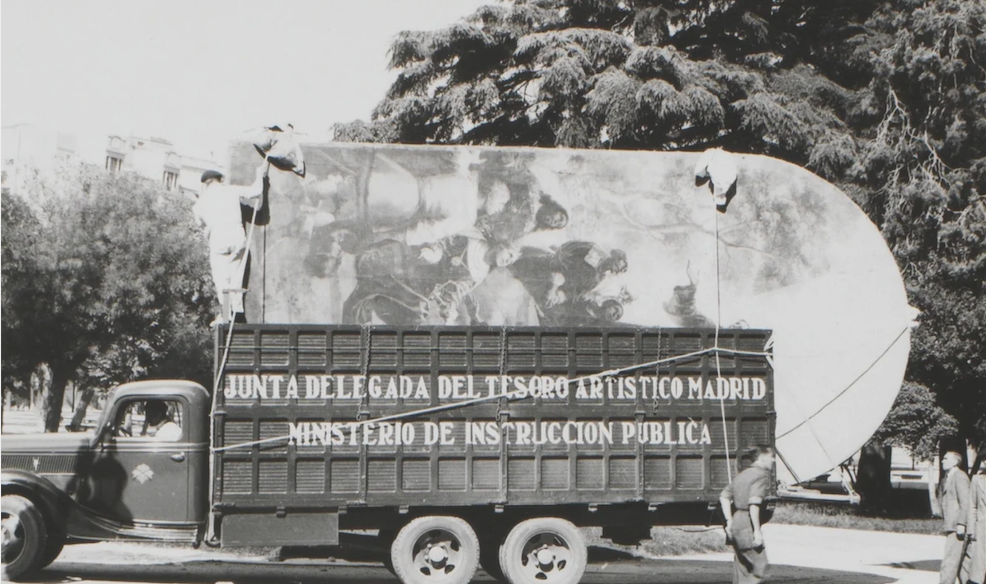
Women in exile: The exhibition Exiles highlights the struggle and life trajectory of those who had to flee for political and ideological reasons.
The Museum of Exile and the research focus on women in exile
As is well known, the work of the Museum of Exile since its inception has focused on making present the memory of those who, in situations of war and/or post-war conflict, felt forced to escape from one's roots to survive. Exiles resulting from the Spanish Civil War (1936-1939) are the main focus of MUME research, with the intention of bringing to light their struggle, while tracing links with the past, with our history, thus achieving understand ourselves a little more, avoiding oblivion. For this reason, her new exhibition 'Exiles' focuses on showing the double banishment that women in exile had to experience, not only because of the country's political situation, but also because of their status as women .
The imprint of the 1939 exile on society with special attention to women in exile
The exile of 1939, the result of Franco's triumph, involved almost half a million people, and has left a clear mark on our society. Some of the exiled people did not return until the arrival of the Spanish Transition (1975-1978), with the establishment of democracy; others never returned from the countries they emigrated to. Countries such as France, the Soviet Union, other European countries and some American countries such as Argentina and Mexico were the centers of reception of the migratory flow, since they welcomed them and offered them the status of exile, which in many cases it was a more propitious situation than the one they would have found in post-war Spain, in order to be able to continue carrying out their intellectual, cultural or artistic work. The war shook many lives and led to many truncated paths. Not everyone chose exile. Those who stayed were retaliated against or opted for silence. Those who chose to flee experienced exile in various ways. Like a new opportunity, like torture, while for others it meant the end. But it certainly left a mark on every person who experienced it in their own flesh. "Can we recover these identities that took the path of exile, often hastily in order to survive?"
The "Exiles" exhibition and the focus on exiled women
The exhibition Exiles, curated by Teresa Fèrriz Roure, focuses on the case of women in exile, who had to take this path because of their political and ideological position. Women with social and family roles of a diverse nature who saw their life trajectory altered. It must be emphasized that in many cases, and unlike the exile experienced by the male sector, many of the women had to give up their working careers and accept to work in trades unrelated to their professional sphere. Starting a new life in a new country always started from a position of inferiority, a situation that was even more aggravated in the case of women. Certainly, far from being silenced, their ideological struggle becomes latent and beats, a struggle at the service of history. Giving them a voice, therefore, is also a form of struggle against oblivion. Because making their identities survive is also a way of making one's own culture survive.








